This is the blurb that goes with the sculpture. I made it for Kevin Roberts who is the worldwide CEO of Saatchi & Saatchi (you can see why I nearly fell off my chair when his PA first contacted me about the commission). He has a residence in Grasmere in the Lake District. But his main home is in New Zealand and he asked me to create something that connected with Maori culture.
Tendril Spiral – by Richard Shilling
'The Maori koru is a spiral shape based on the unfurling of a silver fern frond and symbolizes new life, growth, strength and peace. The circular shape conveys the idea of perpetual movement, the cycle of life, whilst the inner coil suggests a return to the point of origin. Nature is an endless cycle of birth, growth, procreation and death. What decays becomes the food for new life as the cycle repeats itself forever.
The symbolism of the koru matches up exactly with themes I regularly depict in my art. I use different symbols to depict these themes so in this sculpture I have drawn together both the Maori and my own symbols to express the cycle of life. I hope that in some way this links your home in Grasmere to your home in New Zealand by bringing together my ideas about nature and those in Maori culture as they are universal themes shared by all humans.
I find the seasonal changes when autumn fades into winter and spring fades into summer are barely noticeable but when summer turns to autumn and winter turns to spring then I feel those times within my core. I believe we are hard-wired to feel these changes as we either prepare for the long dark winter or the season of growth and plenty. It is something in the air, the quality of the light, a feeling that is unmistakeable and it is this week that I have been feeling it and I expect you do too as you encounter the coolness of the mornings and the colour in the trees. The southern hemisphere must also be feeling a similar change as winter turns to spring. It is an auspicious time deeply entwined in what it means to be human. And as you have travelled from one hemisphere to another you have linked these two changes just as I have attempted to with the sculpture.
I have depicted the change in seasons with a circle in the centre, something I call a 'season wheel.' Four sections of coloured leaves brought together into a circle. Brown for winter, green for spring, yellow for summer and red for autumn and the circle depicts the endless cycle. The dark mud I have used as a canvas is the rotted leaf litter of the forest floor. What dies and rots on the ground, as the leaves fall during autumn and the damp and cold of winter reduce to thick mud, becomes the food, rich with nutrients for the new shoots of life that begin to unfurl during spring.
The materials I have used bring together what is beautiful about the North West of England. The slate slab was quarried at Kirkstone pass, just over the hill from Grasmere. This piece of stone is very resonant and when I had it on wooden rollers it rang like a glockenspiel when struck, unfortunately the stones holding it in place have deadened this but it is a fine piece of stone aptly telling the story of the geology of the Lake District. The silver birch bark was collected from Grizedale woods near Lancaster, dense and beautiful woodland. The mud was gathered from a central point in the Forest of Bowland. Rich, dark and moist, it is the perfect soil for the myriad of plants and trees that grow there. And lastly the leaves. A yellow and green rhododendron leaf picked from different shrubs in Fenham Carr next to Standen and Williamson Park in Lancaster. A red Pieris Japonica leaf picked from the garden in Grasmere and a brown rhododendron leaf found on the ground. Four materials from Lancaster and the surrounding area and three from the Lake District.
And finally the sculpture has begun a new life itself. All my sculptures are ephemeral and are subject to the whims of the weather and elements. Each mud sculpture I create is different and the wind, sun and rain (as well as slugs, snails and worms) all have a different effect. The last one I made was complete just before a two week period of hot weather, followed by strong winds and then heavy rain. This meant that the sun and wind dried and cracked the mud before the rain washed it away. Before that it rained for ages and my mud sculptures also endured as the dampness kept them intact. Their life and decay is dictated by the conditions it encounters. What will happen with this? Will it be damp and last for months? Will the sun be strong and dry it and crack it?
It is my hope that this sculpture brings together all of these things. I hope that it lives up to your expectations and that you enjoy it. Thanks for the opportunity. It has been a very enjoyable experience for me.'
Saturday, October 09, 2010
Making the Tendril Spiral
Subscribe to:
Post Comments (Atom)

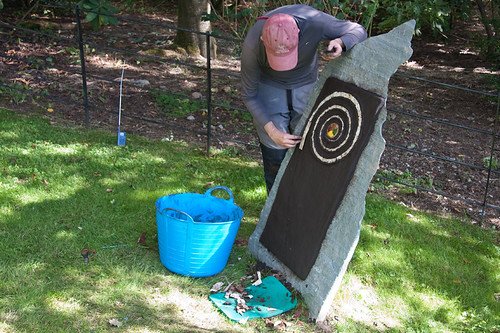

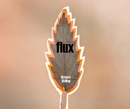

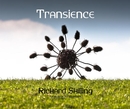
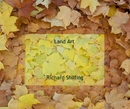
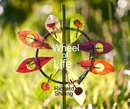
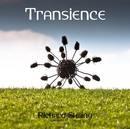
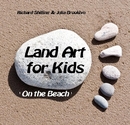
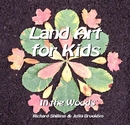

No comments:
Post a Comment